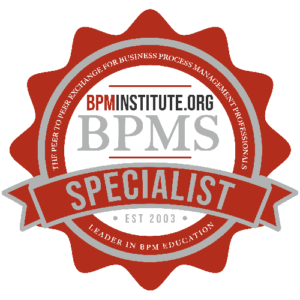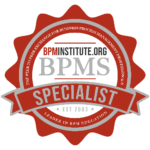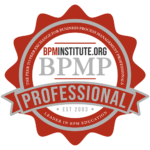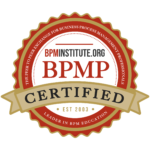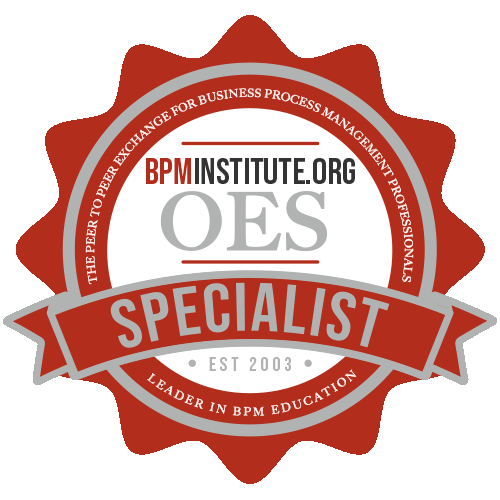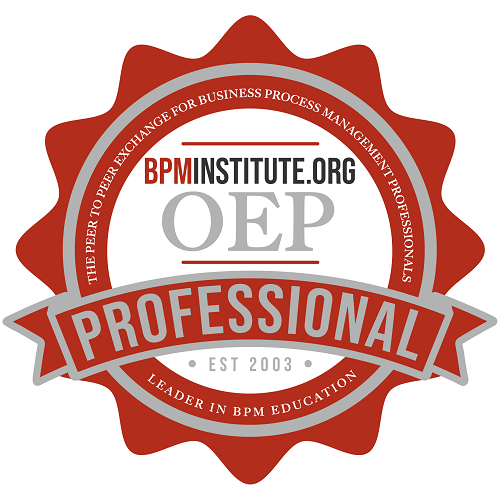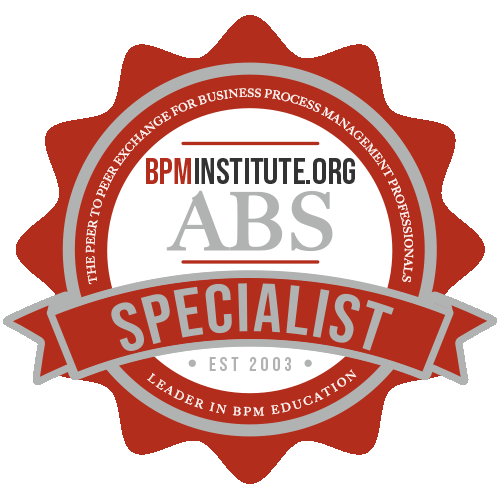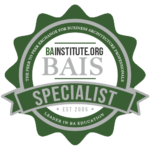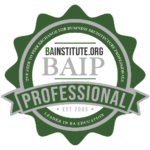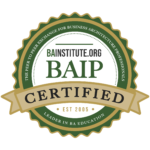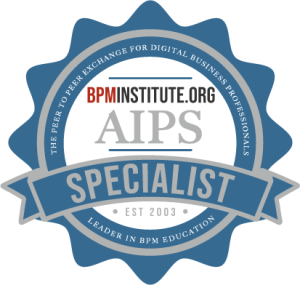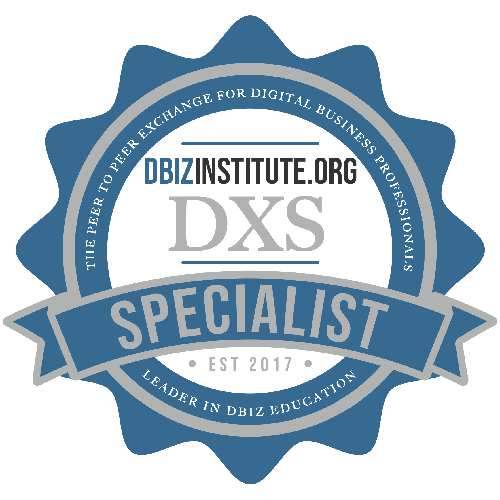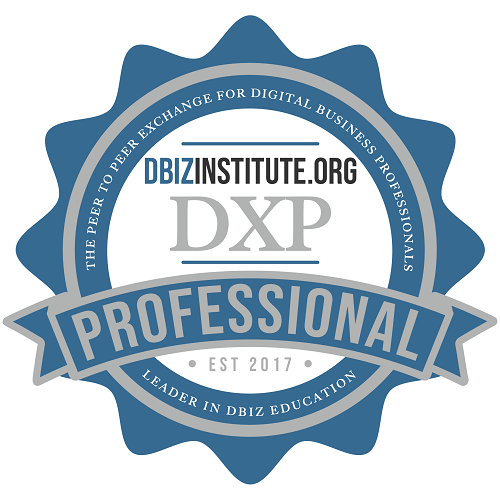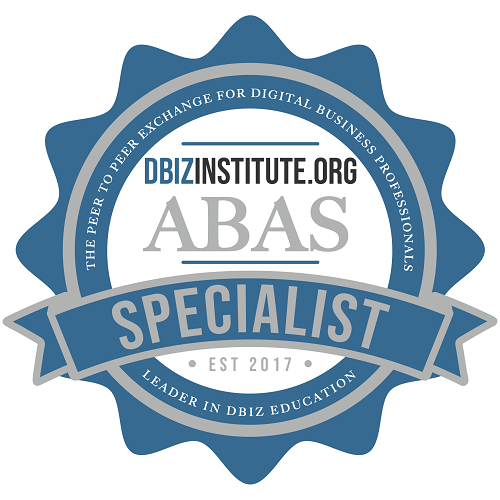Successfully deploying Business Process Management (BPM) in a small department is one thing; rolling it out across a sprawling, multi-department corporation is another challenge entirely. Large organizations, often spread across multiple geographic locations and subject to diverse regulations, must navigate greater complexity, interdependencies, and stakeholder dynamics. However, when done right, enterprise-scale BPM can yield transformative benefits—from dramatically reduced operating costs to streamlined global workflows and improved collaboration. In this article, we’ll explore the unique hurdles of implementing BPM in large organizations, along with best practices that can help you overcome them and realize lasting value.
- Secure Executive and Cross-Functional Buy-In
Scaling BPM in a large organization often requires significant resource allocation, as well as alignment across numerous departments and leadership layers. Without high-level backing, you risk fragmentation, where each unit only partially implements BPM or cherry-picks the parts that suit them best.
- Tip: Assemble a steering committee of senior leaders, process owners, and even skeptics. Involving diverse voices at the outset ensures broader commitment, especially if they can see how BPM supports revenue goals, regulatory compliance, or other strategic priorities.
- Establish a Robust Governance Model
Large organizations can’t afford ad hoc process improvements that fail to align with corporate strategy. A well-structured governance model offers consistent methodologies, clear decision-making pathways, and standardized documentation—regardless of how many departments are involved.
- BPM Center of Excellence (CoE):
Create a central body responsible for process standards, training, and best practices. This CoE can also serve as a support hub, helping teams troubleshoot complexities and ensuring knowledge flows freely across the enterprise. - Role Definition:
Clarify who owns each process, who maintains it, and who can approve changes. When thousands of employees are spread out globally, role confusion can quickly derail improvement efforts.
- Map Processes End-to-End
In a small department, a BPM project might only involve a handful of steps. At an enterprise level, processes often span multiple locations, systems, and even external partners. An incomplete process map could miss critical steps or handoffs—leading to missed opportunities or compliance risks.
- Tip: Start by identifying key value chains—like “order to cash” or “procure to pay.” Map these chains in full, from initiating event to final outcome. Involving subject matter experts (SMEs) from each department ensures you capture the true complexity.
- Process Mining Tools:
For large-scale mapping, consider leveraging process mining software that can automatically extract workflow data from system logs. This technology reveals how tasks actually occur, often highlighting unexpected variations or bottlenecks.
- Tackle Cultural and Change Management Issues
At a large organization, change management can be your biggest hurdle. Employees accustomed to long-standing workflows may be wary of new systems or fear job displacement. Moreover, departmental silos can breed mistrust or reluctance to collaborate.
- Communication and Engagement:
Explain the why behind each BPM initiative, tying process improvements to larger organizational goals—such as enhancing customer satisfaction or speeding time-to-market. Provide regular updates so employees see their feedback being considered and acted upon. - Champions and Early Adopters:
Identify influential individuals who are open to innovation. Their success stories can demonstrate the potential of BPM and ease resistance among their peers. - Training and Support:
Large-scale adoption often requires formal training programs, where employees can learn new technologies, modeling approaches, or compliance requirements. Ongoing support—help desks, documentation, and open Q&A sessions—keeps adoption strong.
- Integrate Technology Carefully
Enterprise-level BPM may involve complex system integrations, from legacy ERP platforms to cutting-edge robotic process automation (RPA) tools. While technology can accelerate transformations, poorly executed integrations can lead to data silos and greater confusion.
- Start with Process Clarity:
Before automating or integrating, ensure your process design is sound. Automating a flawed workflow at scale amplifies mistakes rather than fixing them. - Collaborate with IT:
Work closely with IT architects to align BPM technology choices with the organization’s broader digital strategy. This partnership also helps address security, compliance, and data governance concerns. - Pilot Programs:
If possible, pilot new BPM technologies in a single department or region. Use these smaller rollouts to refine your approach and build internal success stories before expanding enterprise wide.
- Establish Meaningful Metrics
When BPM projects span continents and thousands of employees, measuring ROI and effectiveness becomes more complex. Setting clear metrics—and rigorously tracking them—enables data-driven decisions about resource allocation, prioritization, and scalability.
- Standardize KPIs:
While different departments might track unique metrics, ensure the overarching performance indicators (like cycle time, cost savings, or customer satisfaction) remain consistent. A shared KPI framework makes it easier to compare outcomes across units. - Use Dashboards and Analytics:
Automated dashboards that pull real-time or near-real-time data can reveal trends, highlight bottlenecks, and allow leaders to drill down into specific areas needing attention. Integrating process mining or analytics tools can further enhance visibility.
- Keep Iterating and Evolving
Even the best-designed processes will need adjustments over time. Market conditions shift, technologies evolve, and internal structures change due to mergers, acquisitions, or reorganizations. Large organizations must treat BPM as an ongoing discipline rather than a one-and-done project.
- Continuous Improvement Loops:
Build regular review cycles into your governance model. Each quarter, assess whether processes are still delivering the expected results. If not, adjust and test again. - Encourage a Culture of Feedback:
The people on the front lines of each process often have the clearest view of operational realities. Encourage employees to submit improvement ideas and reward teams that demonstrate tangible gains.
Implementing BPM in a large organization is unquestionably complex, but the payoff—enhanced operational efficiency, strategic alignment, and a unified approach to continuous improvement—can redefine how an enterprise functions. By securing top-level commitment, establishing a robust governance framework, and focusing on the human elements of change, you can guide BPM initiatives that resonate across diverse teams and regions. Combine these cultural best practices with careful technology integration and diligent metrics tracking, and you’ll be well on your way to ensuring that BPM becomes an enduring engine of growth, agility, and competitive advantage at scale.




